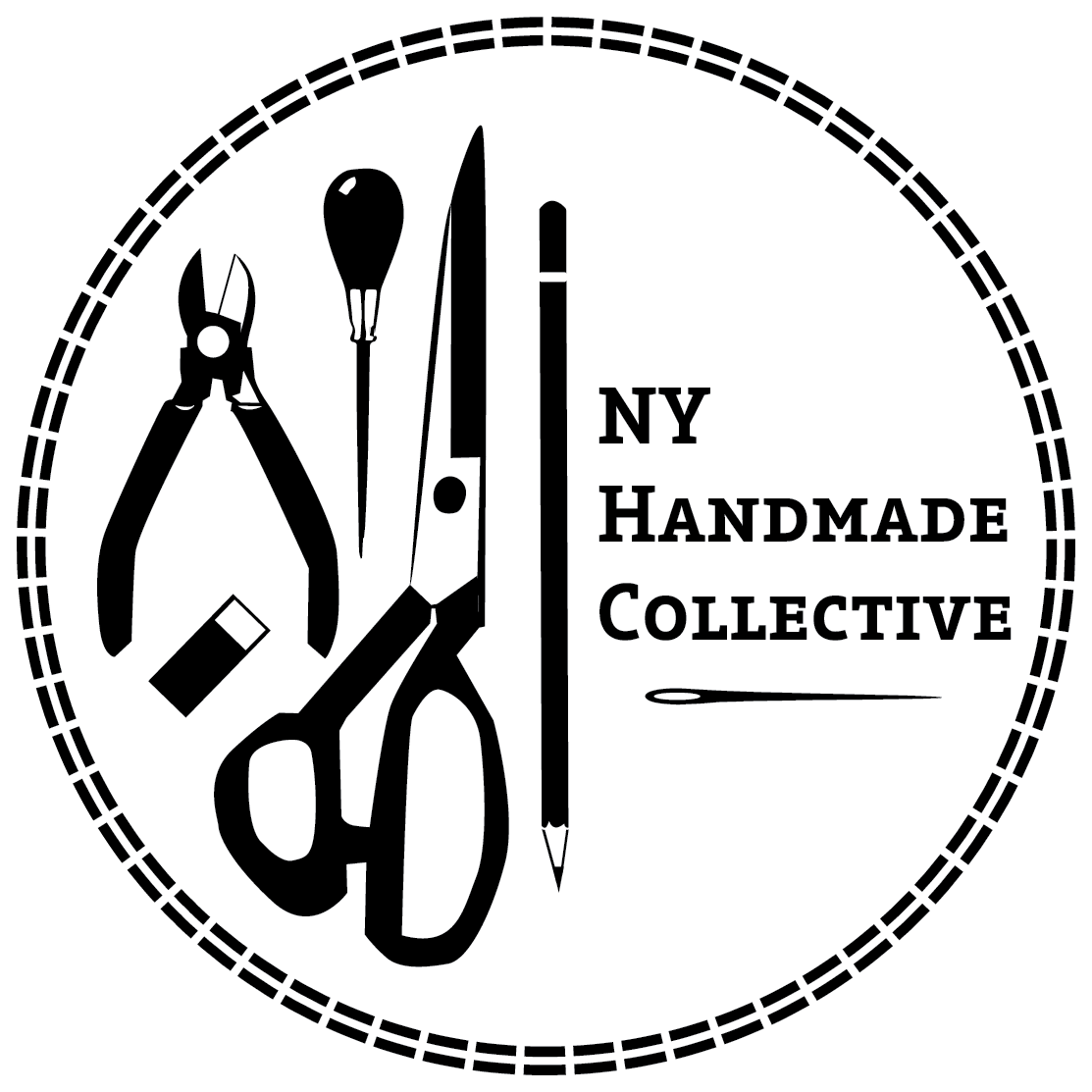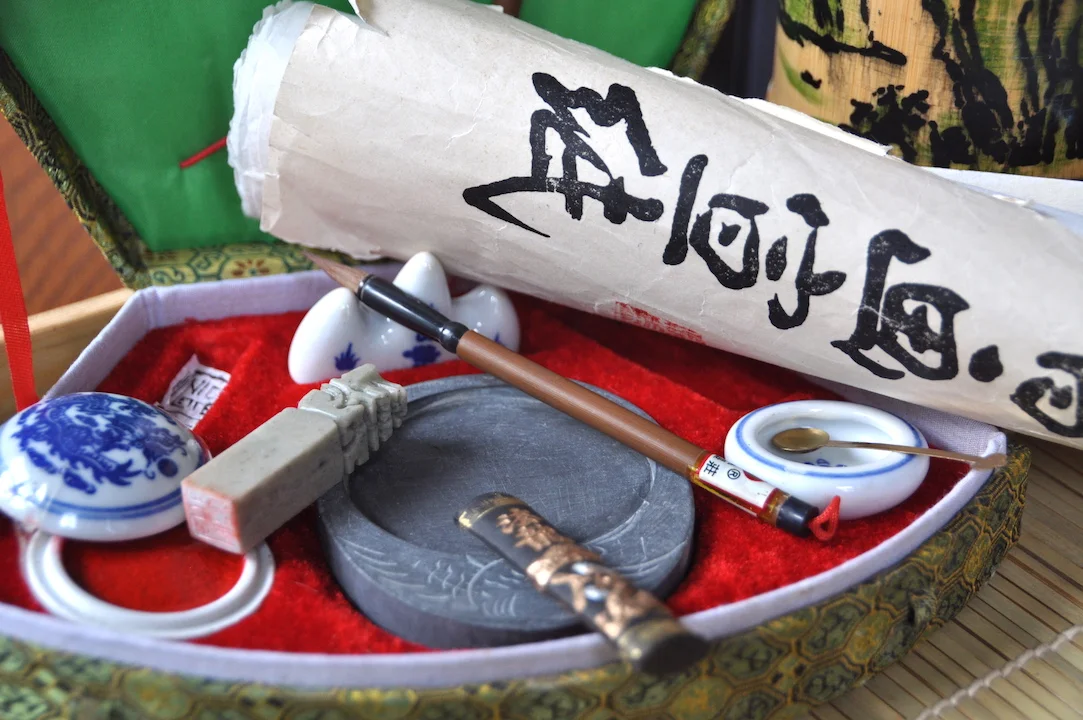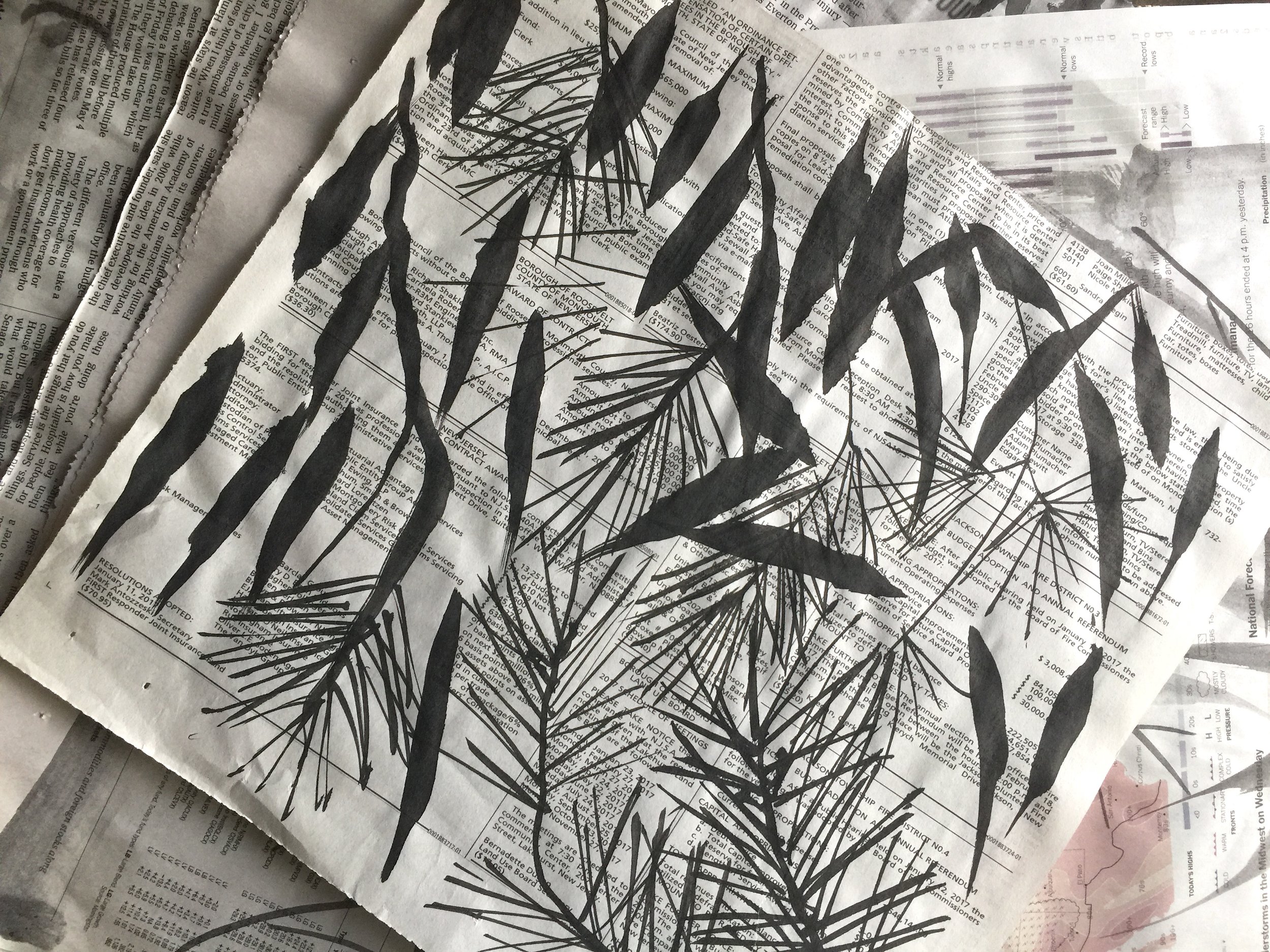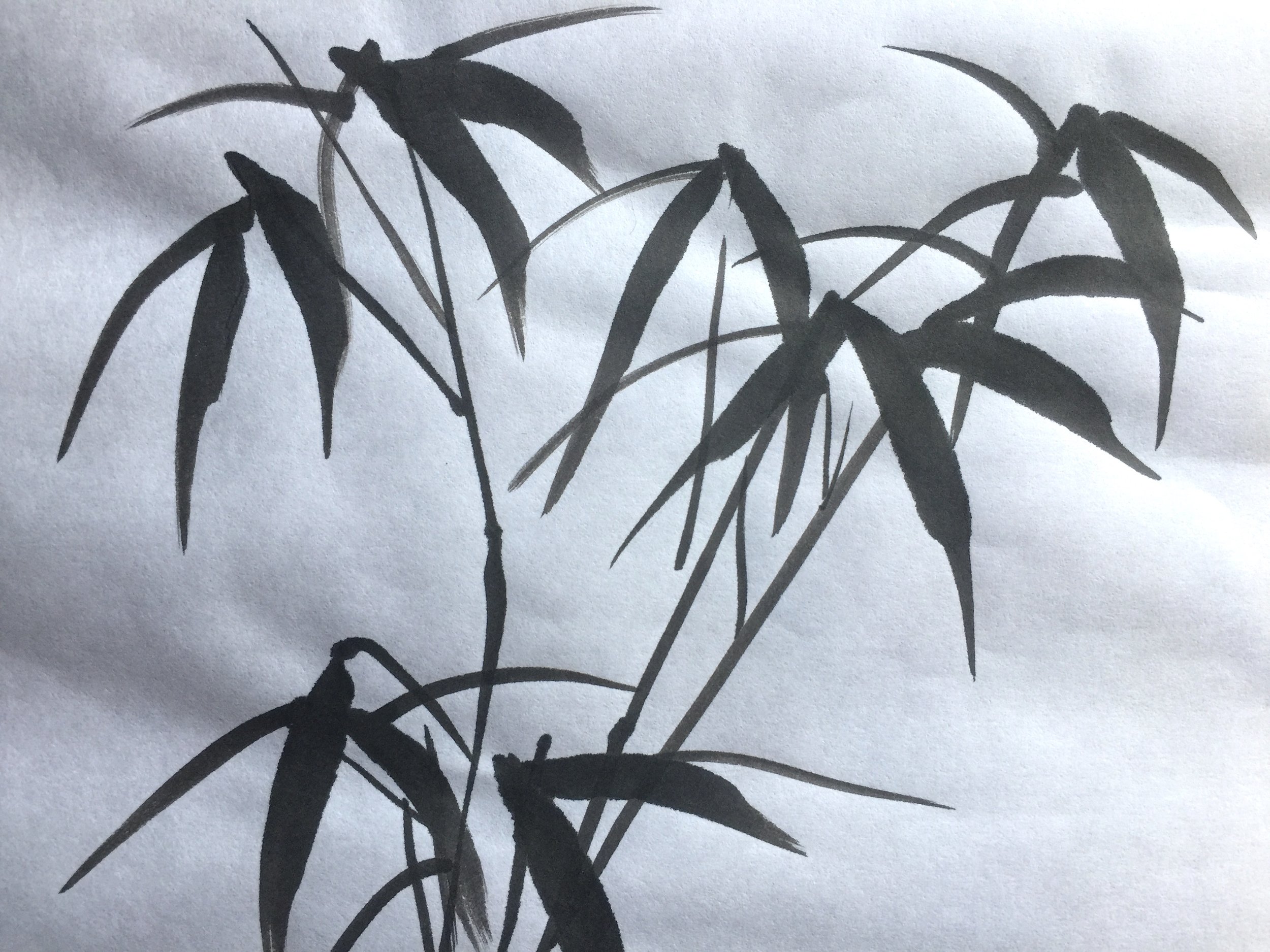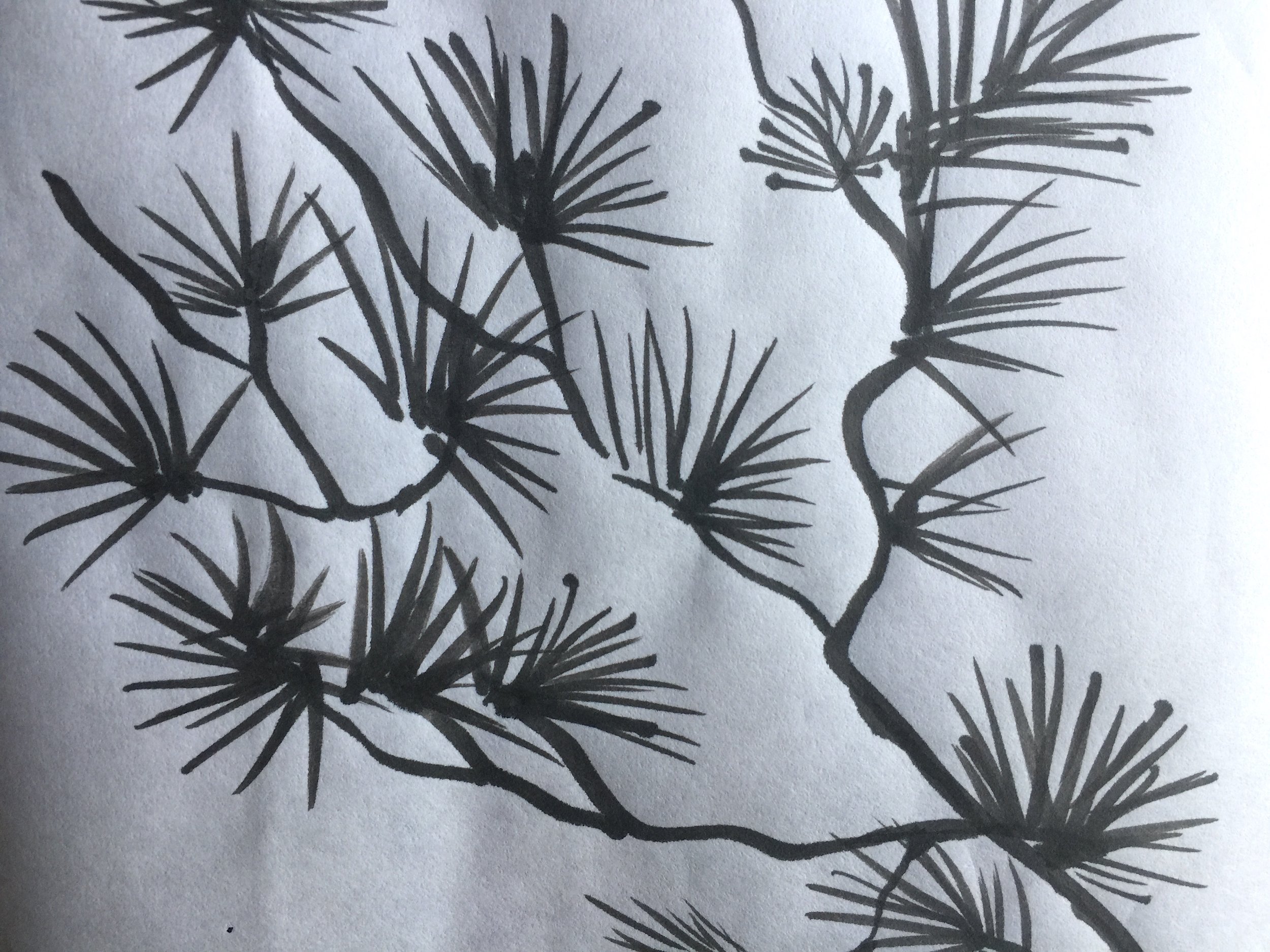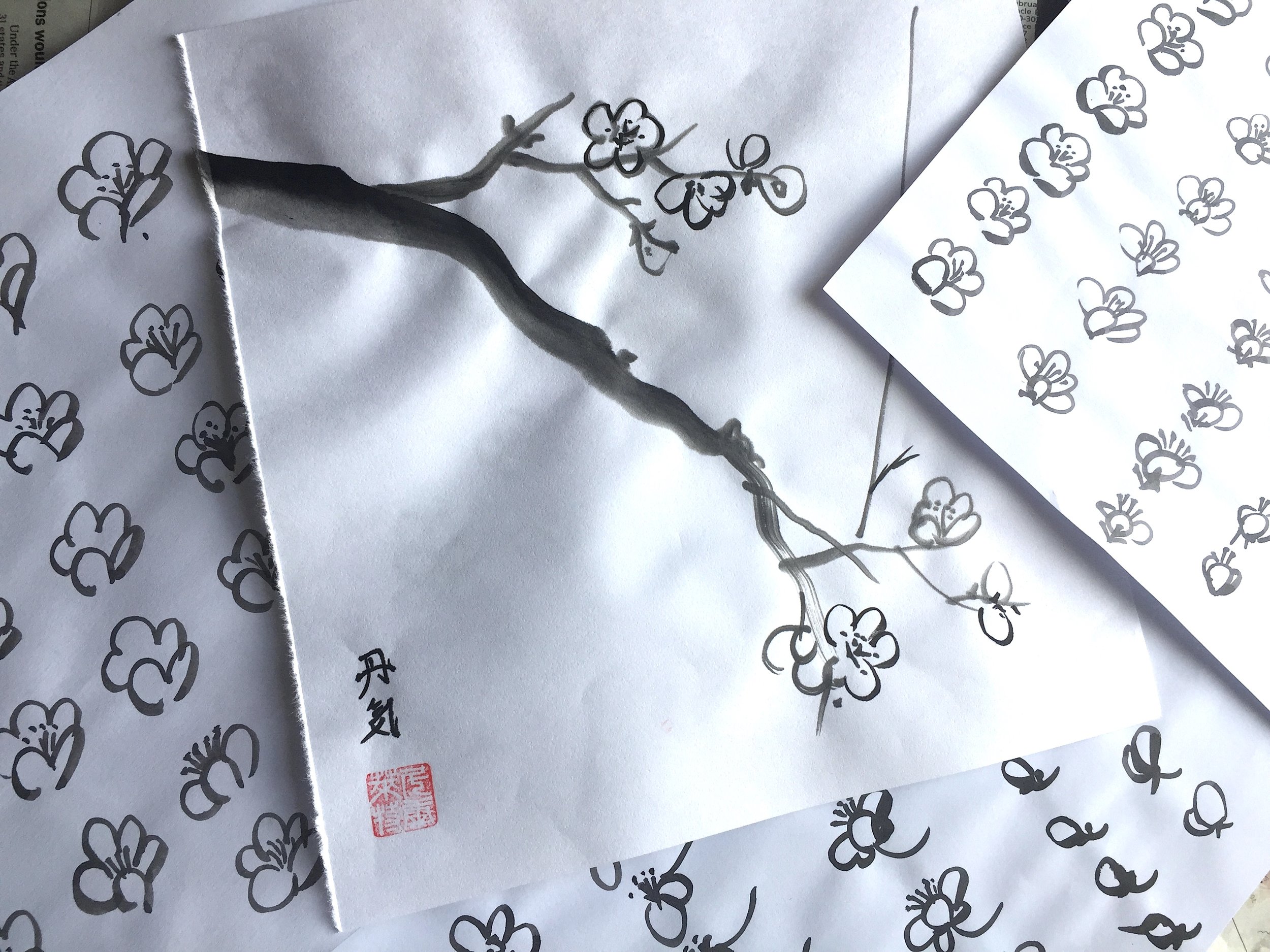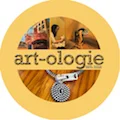Sumi-e: An Introduction
The first time I picked up a bamboo brush was in a third-grade classroom in Japan. It was the highlight of the day for our visiting group of teachers from America. The initial experience of dipping that brush into the ink and writing my first kanji is unforgettable. Twenty years later, I have rediscovered my fascination with Japanese ink painting, known as sumi-e. In this first installment in a series, I will introduce some basics to get to started in sumi-e.
Experiencing calligraphy for the first time, twenty years ago in Japan.
Not So Simple
One may hear of "the simple art of sumi-e", but sumi-e is far from simple. It has the potential to be life-changing, as the practice of painting with ink is more than the art form. The sumi-e artist is challenged with capturing the essence of a subject with the fewest brushstrokes. It requires self-discipline, courage, and the willingness to take risks in learning to use the ink and brush confidently. Once the mark is made with the brush, there is no turning back, and no corrections can be made. This encourages dedication to improve, spontaneity and in time, energetic paintings full of life.
traditional ink painting supplies
The Four Treasures
In sumi-e, the essential materials are known as "The Four Treasures." While it may be easier to use bottled ink, I find that grinding my own ink allows me to focus as I prepare to paint.
- Paper (washi): While a variety of rice papers and silk is traditionally used, beginners will actually practice on many, many sheets of newspaper.
- Brush (fude): The brush is traditionally made of natural materials with a bamboo handle in a variety of sizes.
- Ink (sumi): This is a dry stick of ink, also known as pine soot ink. Bottled ink is used as well.
- Ink Stone (suzuri): The ink stick is rubbed in water onto this stone which has an area carved out to hold the new liquid ink.
practice on newspaper before using expensive rice paper
Beginning Sumi-e
The basic strokes of sumi-e can be learned by practicing specific subject matter found in nature. The photos above show some of my early experiments with bamboo, pine, and plum blossom, the building blocks of sumi-e painting. The techniques learned can be applied to all aspects of brush painting, and is a necessary foundation to expanding to other subjects. Practicing these subjects teach control of the ink and handling of the brush: making confident strokes without hesitation is key, as this will show in the work. Since results are immediate, one can instantly determine the effectiveness of technique. The practice of sumi-e takes great dedication, and the process can be quite fulfilling to both artists and non-artists. Stay tuned for more in my journey!
Nicoletta is a lifelong artist and art educator, with an M.A. in Art Education and Administration. She travels the world seeking cultural inspiration for her art, and has worked in fibers, acrylics, oils, and sculpture. She currently teaches elementary art education, adult oil painting and sumi-e classes in New Jersey. She is also known for her unique jewelry, inspired by the reinvention of the mundane zipper, featured throughout the NY/NJ area as Artologie Zipper Jewelry.
